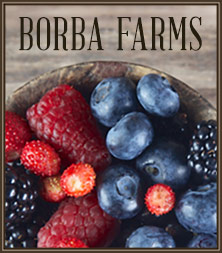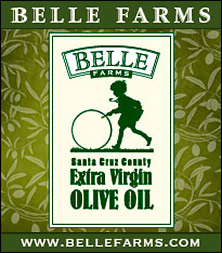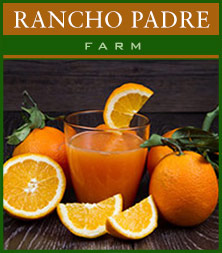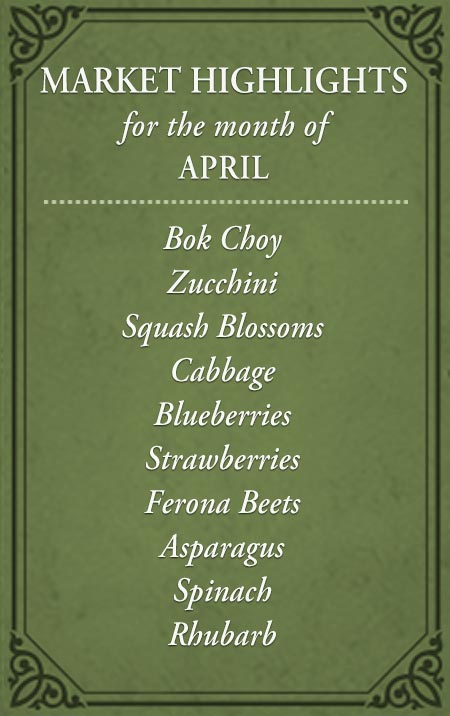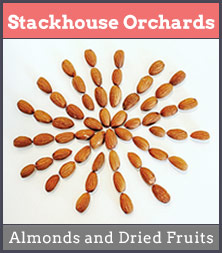Most people think of olives first when they think of tapenade, but the word actually comes from the Provençal tapeno, meaning “caper.” I like to keep this in mind when making tapenade — it reminds me to balance the briny bite of capers with the richness of olives, which can easily dominate this versatile paste.
I use tapenade in countless ways: as a dip for vegetables, bread, or crackers; spread on crostini for a quick appetizer; or as a substitute for mayonnaise in sandwiches. Sometimes I stir a spoonful into mayo to add flavor while cutting back on cholesterol. It’s excellent on pizza, thinned for a quick pasta sauce, or brushed onto lamb, goat, or grilled beef as a marinade. A dollop makes a flavorful “sauce” for assertive fish like salmon, tuna, or swordfish, and it pairs beautifully with seared scallops in a light tomato broth. Tapenade also perks up a vinaigrette, turning it into a bold dressing for summer entrée salads. Clearly, its versatility is one of its greatest strengths.
When making tapenade, you might wonder about olives and acidity: green or black? Oil-cured or brined? Vinegar or lemon juice? Almost any olive works, but skip martini olives and the so-called “California” or Mission types. Oil-cured olives are easier to work with and produce a smoother, richer paste, while brined olives deliver a sharper, more refreshing flavor — perfect on hot days. Green tapenades tend to be zippier, while black ones lean deeper and more robust. For green, I prefer lemon juice — Meyer lemons add fragrance, while Lisbon or Eureka bring extra acidity. For black olive tapenade, I use red wine vinegar.
Brined capers are fine, but if you find salt-cured ones, give them a rinse and a short soak (5–10 minutes, or longer if you like) to mellow the salt and highlight their floral notes. If your olives are brine-cured, soaking them in warm water for 10–15 minutes helps reduce salinity so the capers can shine.
Texture also matters. A food processor makes quick work and produces a fairly smooth spread, especially if you drizzle in more olive oil. For a looser, chunkier tapenade, pulse rather than puree — or try hand-chopping with a knife for a rustic, coarser result. One of the best tapenades I’ve had used both brined green and oil-cured black olives, chopped with herbs into a loose mix with little oil. It was fresh, bold, and perfect as a dip for pita chips, a sandwich condiment, or a topping for grilled fish.
Another advantage: tapenade keeps beautifully. Stored in a jar with a thin layer of olive oil sealing the surface, it stays fresh for at least a couple of weeks (though mine never lasts that long!).
With summer here, and the grill in steady use, tapenade is the perfect shortcut to bold, effortless flavor. You’ll find nearly everything you need at our farmers market: salt-cured capers from Salsi Ranch, olive oil from Belle Farms, plus garlic, herbs, and lemons. Make a batch yourself, and you’ll see why tapenade is one of my favorite summer staples.
RECIPE: Classic Olive Tapenade, Fig and Toasted Walnut Tapenade with Goat Cheese , Green Olive Tapenade







